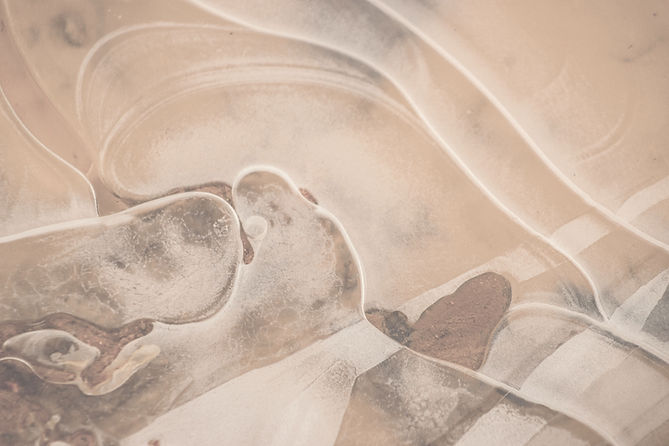
The Program
The curriculum that we follow at UMBRA is an unchanged version of the academic programs taught in some on the most prestigious Academies in the world. We are heirs of a learning method and pioneers in it's revival.
At UMBRA you have the chance to study with as much dedication as the Old Masters did in the 19th century. Here's a simplified explanation on what to expect as you go through your journey, your 15 projects to mastery.

01
If you're familiar at all with the academic method, you've heard about Bargue drawings. These drawings were developed in the 19th century as a way to help future painters learn how to draw faster. They are an amazing, soft introduction to the concepts of impressionism.
As a beginner, you'll have to complete 5 of these 2 dimensional copies. Three in pencil, 2 in charcoal. The Concepts that this process focuses on, mainly, are proportions, line quality, the simplification of form in order to succesfully translate the effect of light, the spotting, understanding and development of the shapes that compose nature.
02
Intermediate Program
Drawing from Life
Once you reach the Intermediate part of our program we start working from Life, in 3 dimensions.
During this part of the program, you'll be developing 5 drawings from the cast (statues). 3 in white paper and 2 in toned paper.
These drawings are developed in Charcoal and white chalk.
These projects are a deep journey into Light effect and the comprehension of values, the rendering of form and the masterful translation of correct shapes and proportions to capture the likeness of nature.
The introduction of white chalk also makes an easy transition to painting, when the students will be, not only developing from the shadows, but also with lights.


03
The advanced Paitning program
The final stage of the program is all about painting.
During this part of the program the students will develop a series of Still Life paintings, as well as portrait and maybe a master copy or two.
The previous stages of the program should have given, at this point, a very deep understanding of values and proportions, freeing the student to focus in the new, very exciting, but very complex, subject of Color and paint.
The figure and the portrait are meant to be studied at the same time as you go through the core program. Changing mediums accordingly.
The graduating project is a large portrait with hands developed in Oils.

